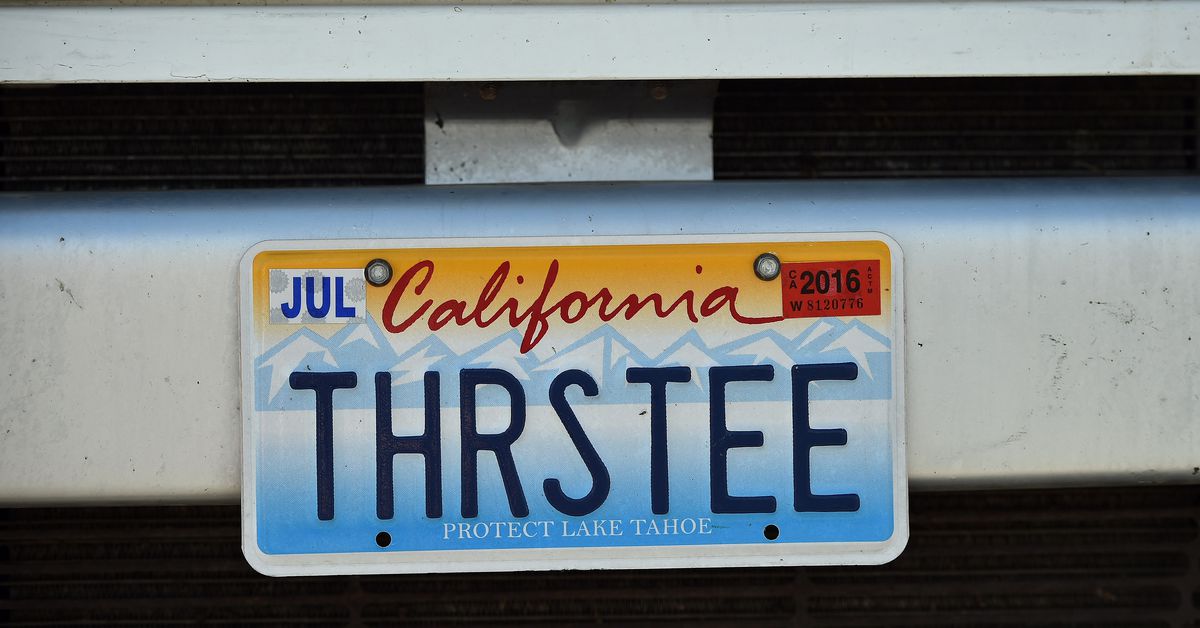
California, the state that buys the most cars and trucks in the United States, will ban the sale of fossil fuel-powered vehicles by 2035. This represents the largest government move against gasoline and diesel to date, with the potential to ripple throughout the country and the global auto industry.
The California Air Resources Board, which regulates pollution in the state, voted unanimously on Thursday to approve a proposal that will require 100 percent of all cars sold in the state to produce zero greenhouse gas emissions in 13 years. The board is invoking its authority to protect air quality and deal with the impacts of climate change. Gasoline and diesel-powered vehicles worsen both.
Lauren Sanchez, senior climate adviser to California Gov. Gavin Newsom, told reporters Wednesday the vote marks “a huge day not only for California, but for the country and the entire world as we dive headfirst into the next chapter of the zero-emission vehicle revolution.”
On top of that, the new rule, called the CARB Advanced Clean Cars II rule, sets an interim milestone requiring 35 percent of new vehicles to produce zero emissions “that rapidly increases to nearly 70 percent of new vehicles sales by 2030, further increasing to 100 percent by the 2035 model year,” according to the text of the resolution.
California has long held the pole position in the auto industry. The state has close to 30 million registered cars and trucks, and in 2021, registered an additional 1.8 million new vehicles, of which roughly 8 percent were electric. CARB also has special permission from the federal government to set tougher air quality rules for all vehicles, rules that 17 other states have adopted as well. Automakers don’t like making different cars for different states, so California sets the de facto standard for the country and other parts of the world.
The open question now is whether the state can meet the targets set out by the new rule. “It is expected that EVs will dominate the new vehicle market nationwide in the future,” said Kate Whitefoot, an associate professor of engineering and public policy at Carnegie Mellon University, in an email. “The uncertainty is exactly when this will occur. This regulation by California would serve to accelerate that timeline.”
The challenge is not only getting carmakers to build zero-emissions vehicles but also convincing drivers to buy them. The 2035 deadline is far off from an environmental perspective, but very close when it comes to vehicle development timelines. It takes years for a car to go from the drawing board to the road, and meeting all the diverse needs of drivers will demand a new generation of zero-emissions vehicles. But in the meantime, most cars sold will still run on fossil fuels that heat up the planet.
Transportation is the largest source of greenhouse gases in the US, so meeting domestic and international targets for cutting emissions demands rapid decarbonization in cars and trucks right away. By 2030, the US is aiming to cut its overall emissions at least 50 percent relative to 2005. But currently, only a tiny fraction of new vehicles in the US produce zero emissions. At the current rate of growth, just a quarter of new cars across the country will be electric by 2035, so sales have to pick up drastically.
And the CARB proposal doesn’t take gasoline cars off the road; it only stops dealers from selling them. Given that the average car stays on the road for more than 11 years, California will still be thirsty for gasoline and diesel for years past 2035.
As for automobile manufacturers, many have said that they are betting on a future powered by electrons, but California’s fossil fuel vehicle phaseout will test their commitments.
A spokesperson for General Motors said the company is still evaluating the CARB proposal, but said in an emailed statement that the company and California “have a shared vision of an all-electric future, eliminating tailpipe emissions from new light-duty vehicles by 2035.”
Stellantis, the company formed from the merger of Fiat Chrysler and Peugeot S.A. last year, said California’s gasoline and diesel phaseout is in line with their own ambitions. “Stellantis is committed to net-zero carbon emissions by 2038, evidenced by our recent $35-billion investment in vehicle electrification and related software toward the introduction [of] 25 US-market battery-electric vehicles by 2030,” said Eric Mayne, a spokesperson for Stellantis, in an email.
Ford, however, was far more enthusiastic about the new rule. “The CARB Advanced Clean Cars II rule is a landmark standard that will define clean transportation and set an example for the United States,” said Bob Holycross, chief sustainability officer at Ford, in an email. (The company previously sided with California when a group of Republican state attorneys general sued this year to try to take away California’s special authority to set pollution rules for vehicles.)
But what about drivers? Cars in the US are only getting more expensive. On average, a new car costs more than $47,000. New and used car prices also reached a record high this year, adding to inflation worries. Meanwhile, the median annual income in the US is $41,000, and 85 percent of new car purchases require loans. The total Americans owe in automotive loan debt exceeds $1.4 trillion.
These constraints make EVs an even tougher sell right now. Many electric cars are currently more expensive than their gasoline-powered siblings. There are, however, federal and state credits and incentives to lower the cost of cleaner cars and trucks. The recently passed Inflation Reduction Act gives buyers $7,500 in credits per new electric vehicle, and roughly $4,000 for a used one. The law includes $100 billion to finance EV production, as well as $250 billion in loan guarantees. The federal government is also setting tougher fuel economy standards to prod companies into making cleaner cars.
But electric cars aren’t the only way to decarbonize transportation. Nearly three-quarters of vehicle trips in the US are less than 10 miles, so getting people out of cars and onto buses, bikes, scooters, and trains would take a bigger bite out of greenhouse gas emissions than just electrification. That, too, will require more incentives and investment in infrastructure.
Still, California’s deadline to get new fossil fuel cars off of its roads is an important signal for the auto industry to change direction. It could be the push needed for rumbling, carbon dioxide-spewing motors to find an exit and drive off into the sunset.
Update, August 25, 5:15 pm ET: This story was originally published August 24 and has been updated to reflect the passage of the measure to end the sale of fossil fuel-powered cars in California.






